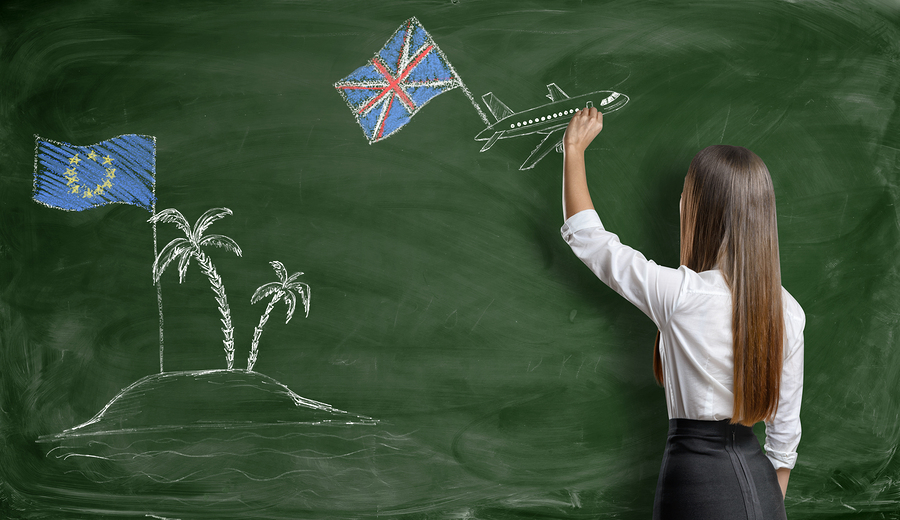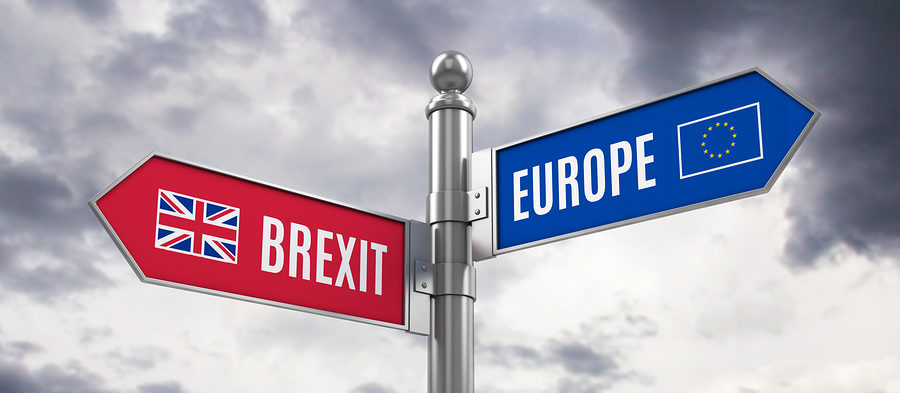
Brexit: Redefining Business Aviation Relationships

Brexit continues to cast uncertainty over business aviation in the U.K., European Union (EU), as well as the United States. Industry insiders in these and other areas who regularly conduct business flights into and out of the U.K. are looking toward an unsure future. As we reported shortly after the Brexit vote, U.K. voters’ decision to leave the EU left many in the industry wondering whether agreements put in place before the vote will remain, undergo modifications, or disappear completely in favor of new legislation. Today, two years later, the potential outcome is not much clearer and many still wonder how the breakup will affect international business aviation, of which the U.K. is a vital part. With the actual withdrawal set to take place in March 2019 with a subsequent 21-month transition period, all involved have a lot of work to do to lessen Brexit’s effects on business aviation.
As a member of the EU, the U.K. enjoyed less restrictive air travel between Europe, the United States, and several other countries due to legislation such as the European Common Aviation Area (ECAA) and open skies agreement. These agreements as well as other safety and legal-related EU membership aviation benefits may now be in jeopardy.
Because of this, former Federal Aviation Administration (FAA) administrator Michael P. Huerta warned the U.K. in December 2017 that the U.S. needs clarity about how the U.K. will handle these business aviation safety and legal issues after it leaves the EU. Without that clarity, costly disruptions to transatlantic trade could occur. Huerta added that, if that clarification did not come soon, the FAA would need to work on multiple potential post-Brexit scenarios, a much costlier strategy.

Currently, the U.K. is a member of the European Aviation Safety Agency (EASA), which coordinates rules and regulations governing air safety across Europe. If the U.K. chooses to continue following EASA regulations post-Brexit, the transition would be a simple, straightforward matter. If, on the other hand, the U.K. were to choose to develop its own regulations, the process could prove more difficult and time-consuming.
In other efforts to help avoid costly disruptions in business aviation, several organizations are pursuing initiatives to further collaboration between the U.S. and EU. FAA and EU officials signed an amendment to the Aviation Safety Agreement involving reciprocal acceptance of approvals pertaining to flight simulator training devices and pilot licensing. The agreement also promotes collaboration on air traffic safety oversight, which will reduce resource duplication and allow better resources allocation between the two entities.
Another initiative, an Air Traffic Management (ATM) amendment to further transatlantic cooperation, expands ATM collaboration to better address NextGen and Sesar modernization programs. “The expanded agreement will now cover the full life cycle of air traffic management modernization activities from development to deployment,” according to the FAA.
Future scenarios
In addition to these EU and U.S. accords, the European Business Aviation Association (EBAA) is pushing for U.K. and EU negotiators to preserve their aviation relationship to reduce potentially detrimental effects on business aviation. It has outlined six possible scenarios for the future.
- The status quo remains. This is not likely unless the U.K. holds another election and voters decide to remain in the EU.
- The U.K. joins the European Economic Area. Countries such as Norway and Iceland use this model.
- The U.K. becomes part of the European Common Aviation Area (ECAA).
- Negotiators reach a U.K.-EU bilateral aviation agreement. This is known as the Swiss model.
- The U.K. reaches no aviation deal. In this case, parties would revert to pre-EU agreements.
- The U.K. negotiates new air service agreements with the EU or EU member countries.
 The best-case scenario, according to the EBAA, is to maintain existing relationships to the extent possible. The best way for this to happen is for the U.K. to join the European Economic Area.
The best-case scenario, according to the EBAA, is to maintain existing relationships to the extent possible. The best way for this to happen is for the U.K. to join the European Economic Area.
Needless to say, many in the business aviation industry, not just in Europe, are concerned. Some are worried that any aviation agreements will need to be part of overarching trade agreements or that agreements will be made for the entire aviation industry without input from those in the business aviation sector. Whatever happens, business aviation industry stakeholders must prepare to adjust quickly to reduce any negative impacts.